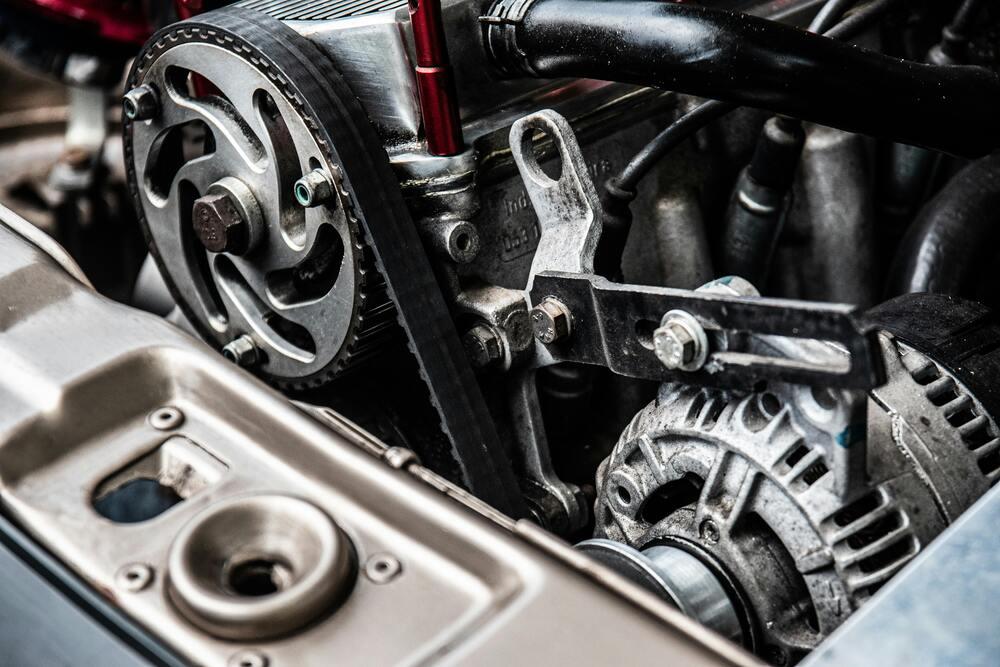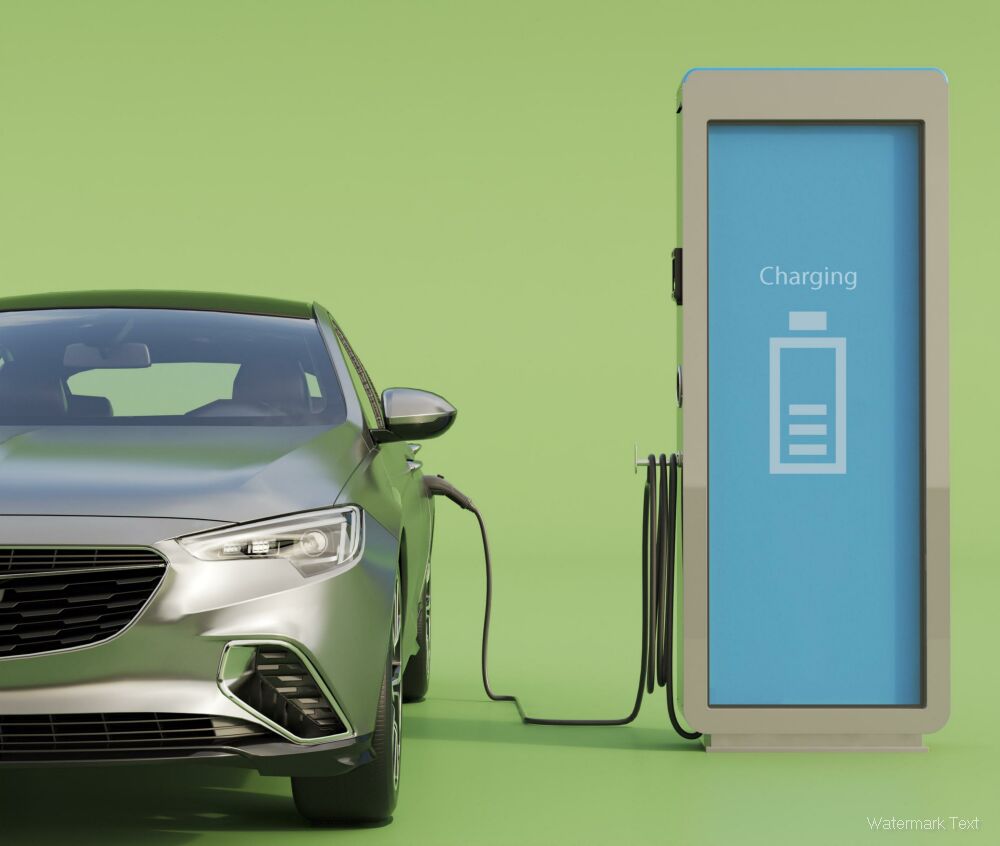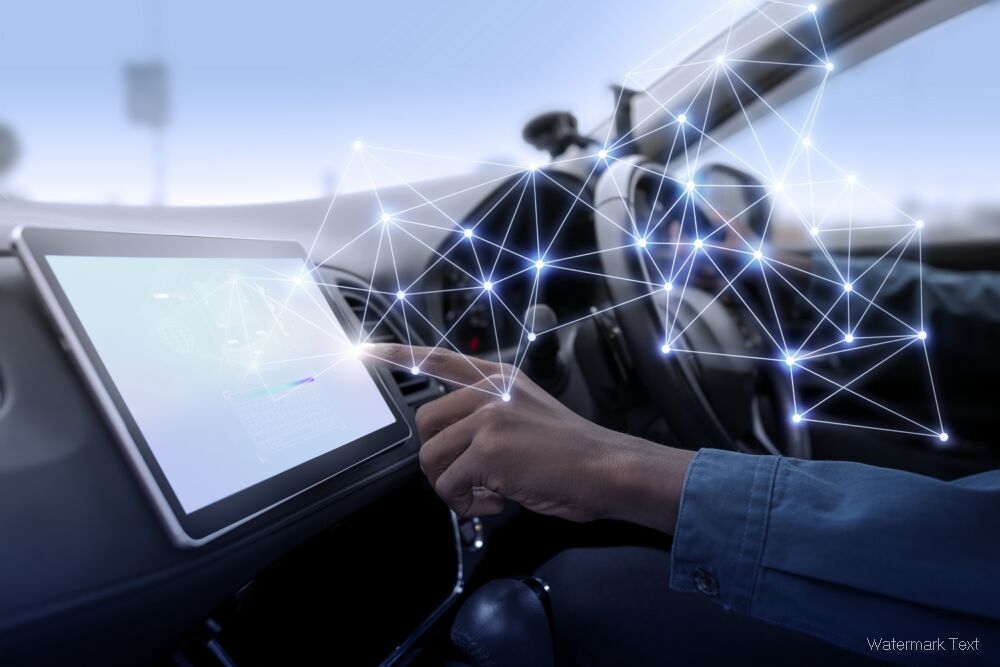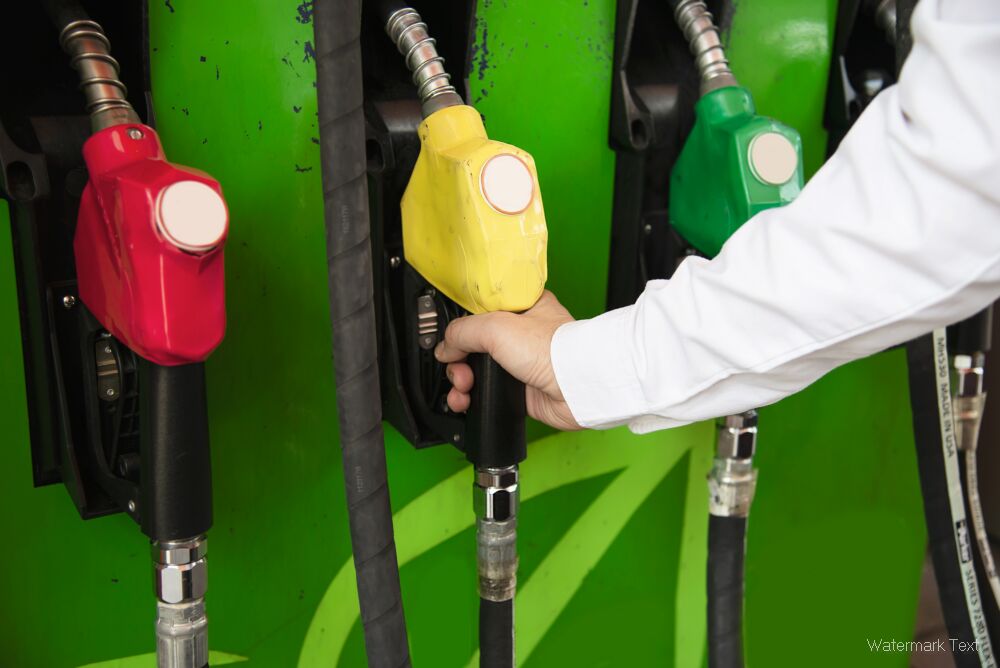Climate change is no longer a distant threat; it is a pressing reality that is reshaping industries worldwide, and the automotive sector is no exception. As global temperatures rise and extreme weather events become more frequent, the automotive industry faces significant challenges and opportunities. From shifting consumer preferences to regulatory changes, the impact of climate change is profound and multifaceted. ??

The Shift Towards Electric Vehicles
One of the most significant trends in the automotive industry is the rapid shift towards electric vehicles (EVs). According to a report by the International Energy Agency (IEA), global electric car sales reached 6.6 million units in 2021, a staggering 108% increase from the previous year. This surge is driven by a combination of government incentives, advancements in battery technology, and growing consumer awareness of environmental issues.
Electric Vehicle Sales Growth (2016-2021)
| Year | Global EV Sales (in millions) | Year-on-Year Growth (%) |
|---|---|---|
| 2016 | 0.77 | - |
| 2017 | 1.24 | 61% |
| 2018 | 2.02 | 63% |
| 2019 | 2.97 | 47% |
| 2020 | 3.24 | 9% |
| 2021 | 6.6 | 108% |
The transition to EVs is not just a trend; it is a necessity. With countries like Norway aiming for all new cars to be zero-emission by 2025, the automotive industry must adapt quickly. For more insights on EV trends, you can check out the IEA's Global EV Outlook.
Regulatory Changes and Compliance
As climate change accelerates, governments worldwide are implementing stricter regulations to curb emissions. The European Union has set ambitious targets to reduce greenhouse gas emissions by 55% by 2030, pushing automakers to innovate or face penalties. In the United States, the Biden administration has proposed new fuel economy standards that would require automakers to produce more fuel-efficient vehicles.
Emission Regulations by Region
| Region | Target Year | Emission Reduction Goal |
|---|---|---|
| European Union | 2030 | 55% |
| United States | 2026 | 40% |
| China | 2030 | 20% |
| Japan | 2030 | 46% |
These regulations are not just about compliance; they represent a significant shift in how vehicles are designed and manufactured. Automakers are investing heavily in research and development to meet these new standards, which is reshaping the competitive landscape of the industry.
Consumer Preferences and Sustainability
Today's consumers are more environmentally conscious than ever. A recent survey revealed that 70% of respondents are willing to pay more for sustainable products, including vehicles. This shift in consumer behavior is prompting automakers to prioritize sustainability in their operations and product offerings.
Consumer Willingness to Pay for Sustainability
| Willingness to Pay More | Percentage of Respondents |
|---|---|
| Yes | 70% |
| No | 30% |
Automakers are responding by incorporating sustainable materials into their vehicles and adopting circular economy practices. For instance, companies like BMW and Ford are exploring the use of recycled materials in their manufacturing processes. You can learn more about sustainable practices in the automotive industry on Sustainable Automotive.
The Future of the Automotive Industry
The automotive industry is at a crossroads, and the decisions made today will shape its future. As climate change continues to impact the world, automakers must embrace innovation and sustainability to thrive. The shift towards electric vehicles, compliance with stringent regulations, and a focus on consumer preferences are all critical components of this transformation.
Key Takeaways
- The global shift towards electric vehicles is accelerating, with sales doubling in recent years. ⚡
- Stricter regulations are pushing automakers to innovate and reduce emissions. ?
- Consumers are increasingly prioritizing sustainability, influencing automakers' strategies. ?
In conclusion, the automotive industry is undergoing a significant transformation driven by climate change. By embracing electric vehicles, adhering to regulations, and focusing on sustainability, automakers can not only survive but thrive in this new landscape. The road ahead may be challenging, but it is also filled with opportunities for those willing to adapt.
As we move forward, it is essential for both consumers and manufacturers to work together towards a more sustainable future. The choices we make today will determine the health of our planet for generations to come. ?✨



